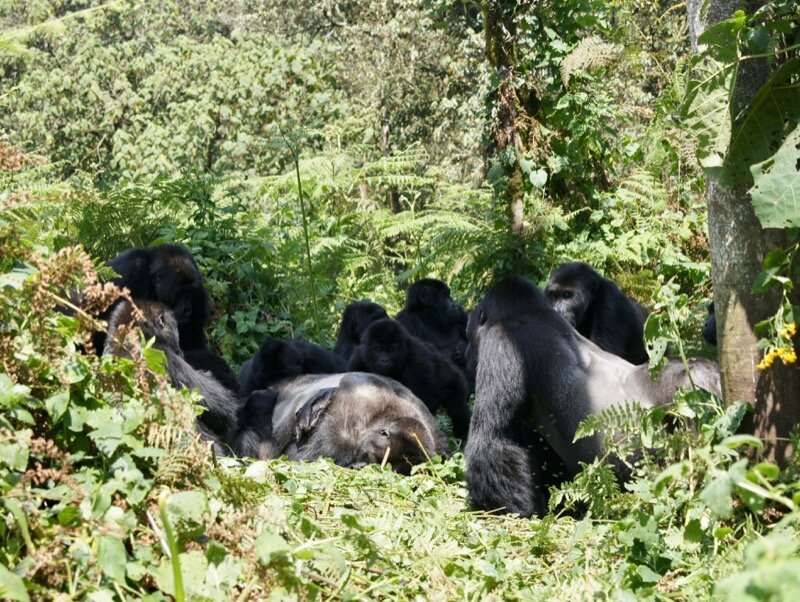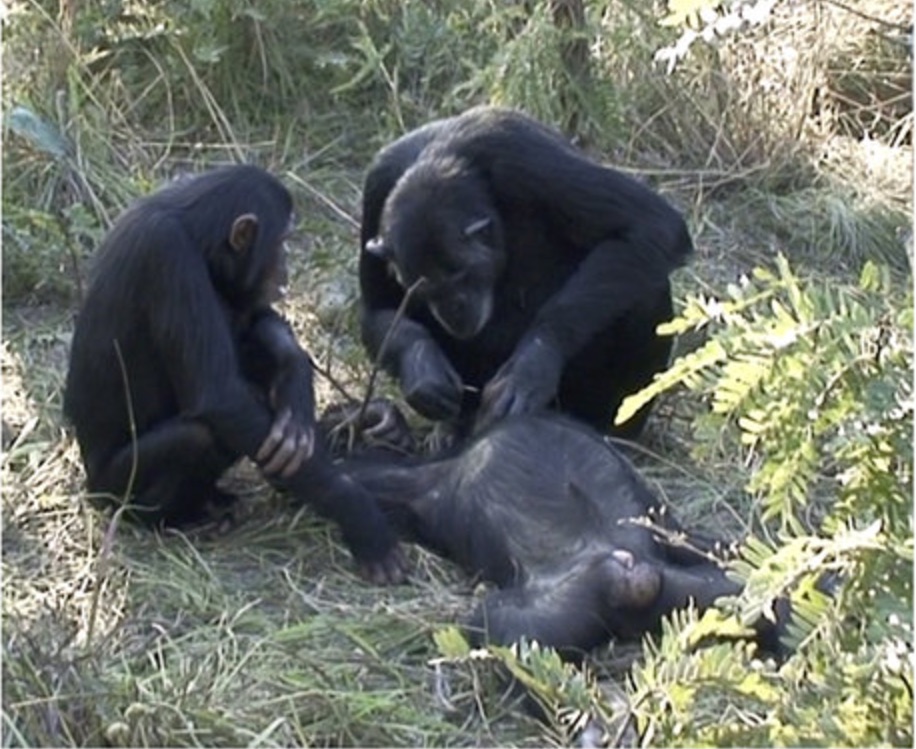How do gorillas react to death
How do gorillas react to death, Gorillas are recognized for their close genetic relationship to humans, particularly with the discovery that they share approximately 98% of human DNA.
A few group of fortunate visitors who have had the opportunity to observe these endangered monkeys in their native habitat have provided consistent testimony, concluding that these remarkable apes exhibit significant similarities to humans. Gorillas are recognized as the closest living cousins to humans, behind chimpanzees and bonobos, and they are the largest extant primates.
Gorillas are classified into two primary categories: lowland gorillas and mountain gorillas. Lowland gorillas are subdivided into two more subgroups: western lowland gorillas and eastern lowland gorillas. Mountain gorillas inhabit the montane forests of the Albertine Rift inside the Virunga Mountains, which are located in Uganda, Rwanda, and the Democratic Republic of Congo.
Lowland gorillas inhabit forested areas characterized by lowland swamps and marshes, with western lowland gorillas residing in Central West African nations such as Cameroon, while eastern lowland gorillas are found in the eastern Democratic Republic of Congo adjacent to the Rwandan border.
Gorillas mourn their deceased.
Mountain gorillas exhibit mourning behavior in the presence of a deceased silverback.
Recent research reveals that, similar to many other human traits shared with gorillas, these animals also experience mourning for their deceased, akin to humans.
Video reveals gorillas unexpectedly exhibiting sympathetic behavior towards the deceased members of both familiar and unfamiliar groups.

Gorillas are observed congregating about a deceased silverback, engaging in staring, touching, and prodding behaviors. The juveniles engaged in body grooming, licking both the body and their fingers.
Despite the mourning gorilla family’s seeming unfamiliarity with the deceased gorilla, they exhibited a profound interest in him.
A peculiar and untamed spectacle occurred while researchers from the Dian Fossey Gorilla Fund observed the Chimanuka gorilla family in Kahuzi-Biega National Park, Democratic Republic of Congo.
The researchers noted that this behavior was infrequently observed even inside close social groups, and they were astonished to witness it in a gorilla from an external family.
Gorillas often segregate from those outside their community, and any interaction often results in conflict. The sympathy exhibited towards the corpse of a gorilla by an unusual group elicited curiosity on gorillas’ perception of death.
How do gorillas react to death, A different gorilla troop in Rwanda’s Volcanoes National Park was similarly observed by the same researchers engaging in touching, poking, licking, and grooming two gorilla bodies, which this time were from the same family.
The researchers observed that the Virunga Mountain gorillas reacted similarly to the body of an unfamiliar gorilla as they did to the bodies of their own group members. Nevertheless, they acknowledge that much remains unknown to establish definitive proof regarding gorillas’ perception of death.
The researchers observed evidence suggesting that animals may also experience emotions, including mourning for deceased companions.

About mountain gorilla tourism
Currently, around 1,000 mountain gorillas inhabit distinct national parks inside the Virunga Mountains, including Volcanoes National Park (Rwanda), Virunga National Park (Democratic Republic of the Congo), and Mgahinga Gorilla National Park (Uganda). Bwindi Impenetrable National Park in Uganda is located near the Virunga Mountains and harbors almost fifty percent of the population.
Tourists can visit mountain gorillas through organized safaris or tours conducted by local tour operators or wildlife officials in these countries.
The expense of hiking mountain gorillas varies throughout the three countries: Rwanda charges the highest at $1,500 for a gorilla permit, followed by Uganda at $800, while the Democratic Republic of Congo offers the lowest price at $450; nonetheless, security concerns around the park pose significant challenges to this activity. It is strongly advised to secure your gorilla trekking safari at least six months in advance, as gorilla permits are severely restricted due to high passenger demand and conservation rules.
Travelers participating in gorilla trekking receive an initial briefing about the activity before being organized into groups of eight, with each group assigned to travel a distinct gorilla family. According to laws, trekkers are permitted to spend one hour with the gorillas, during which they may capture photographs and movies of the apes in their natural habitat.
